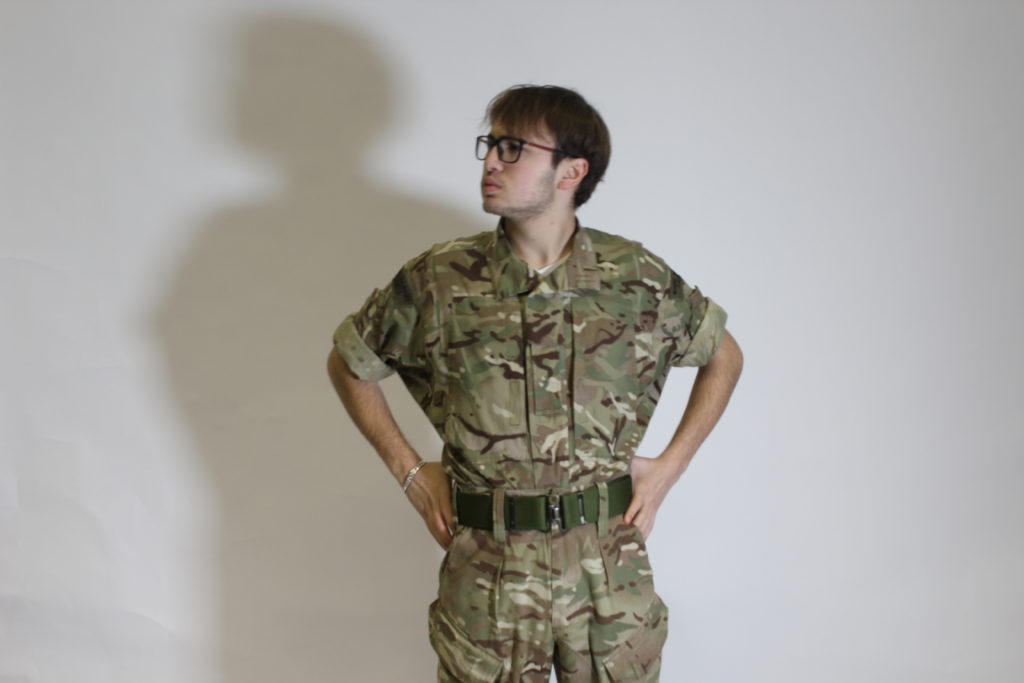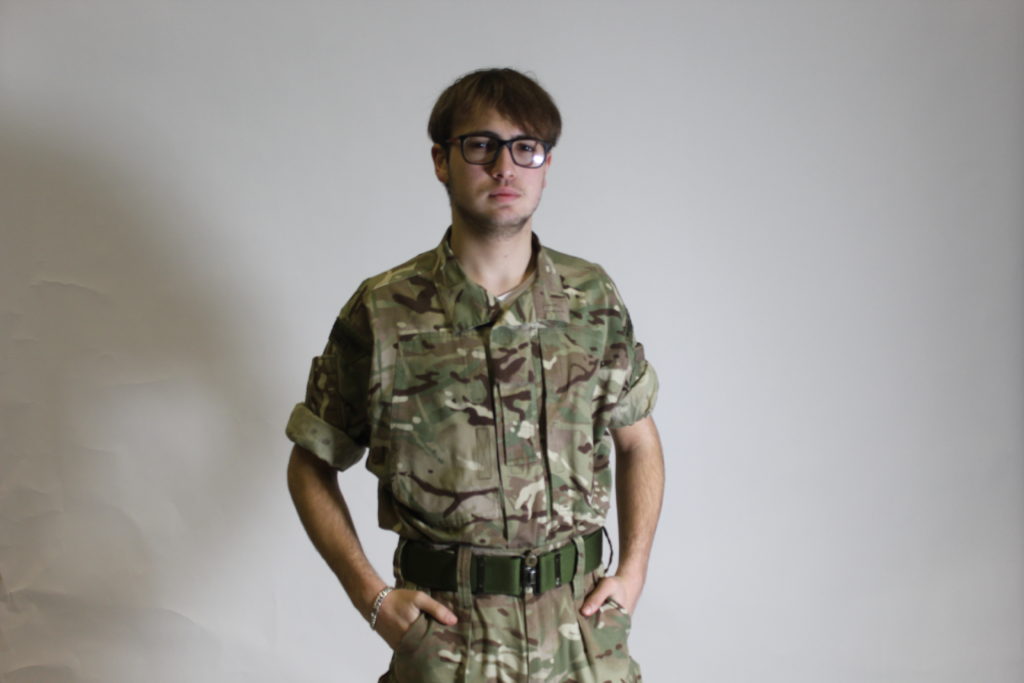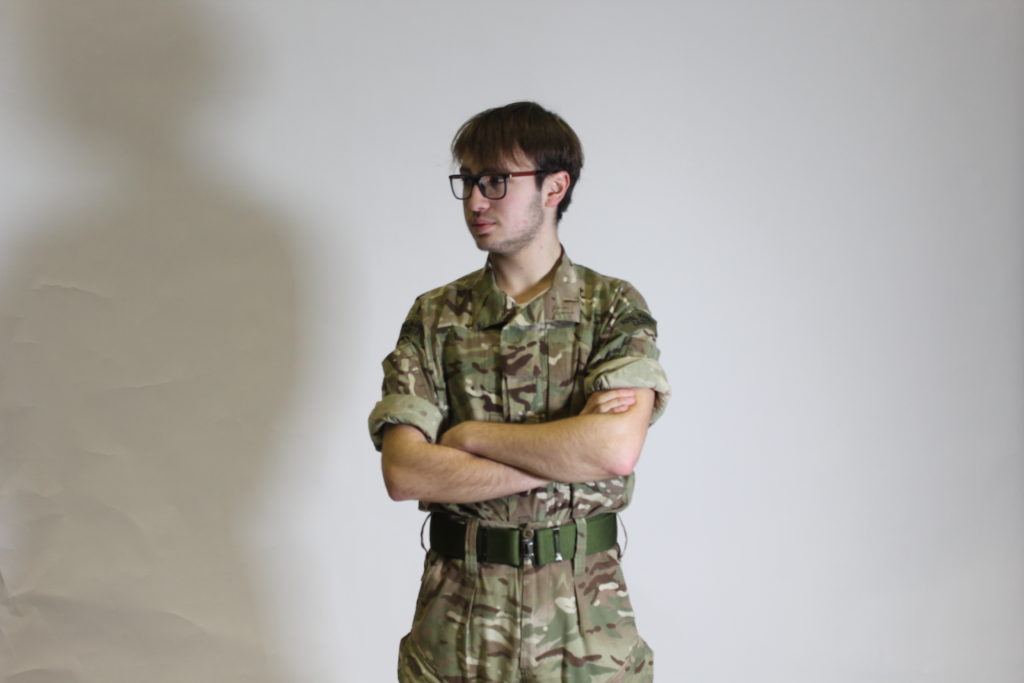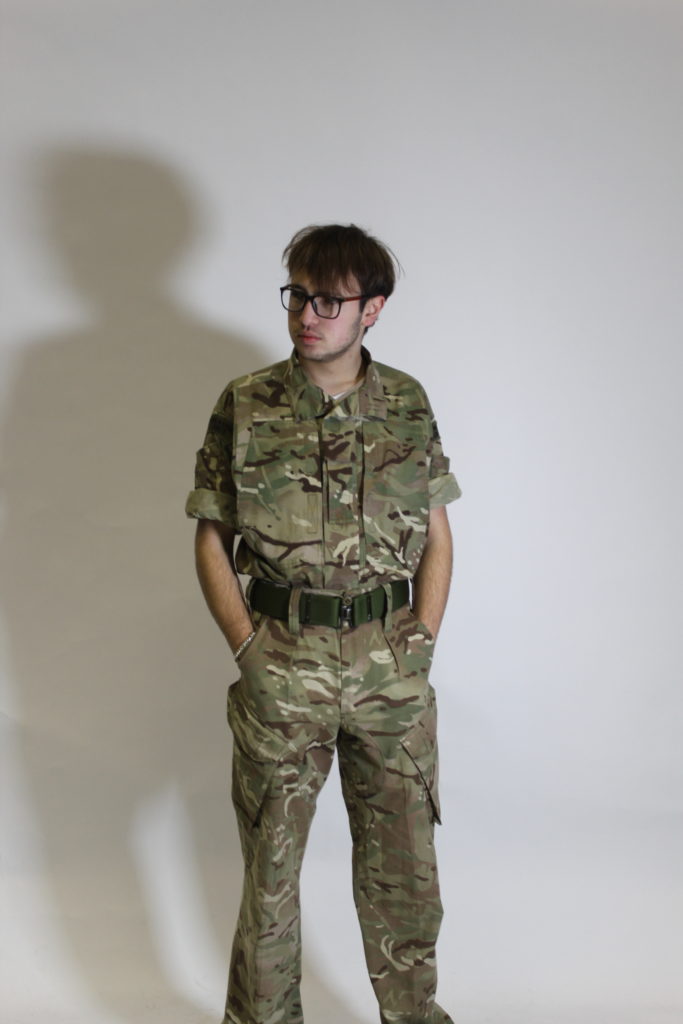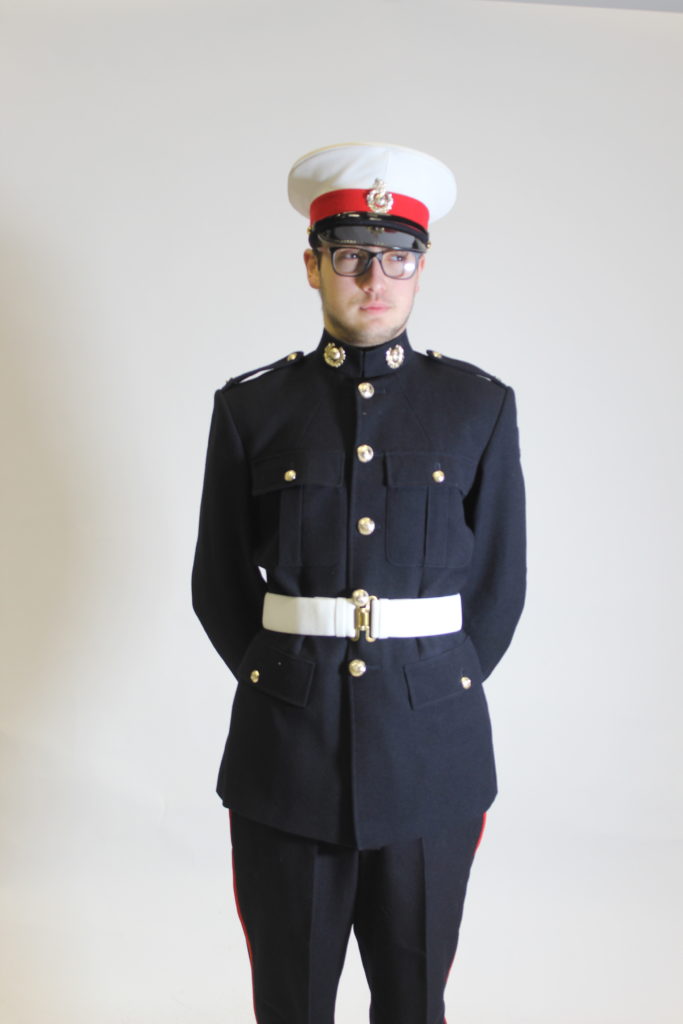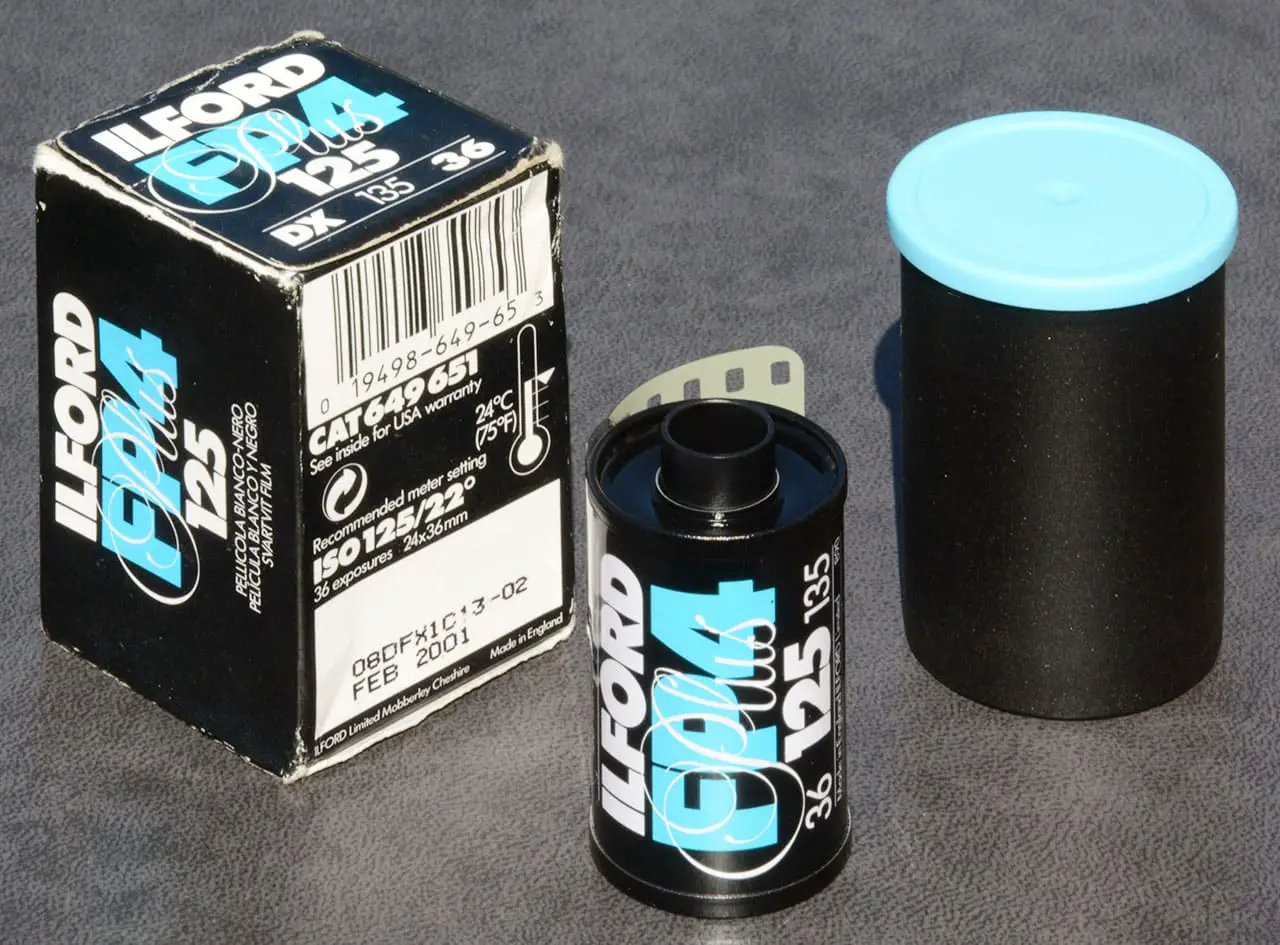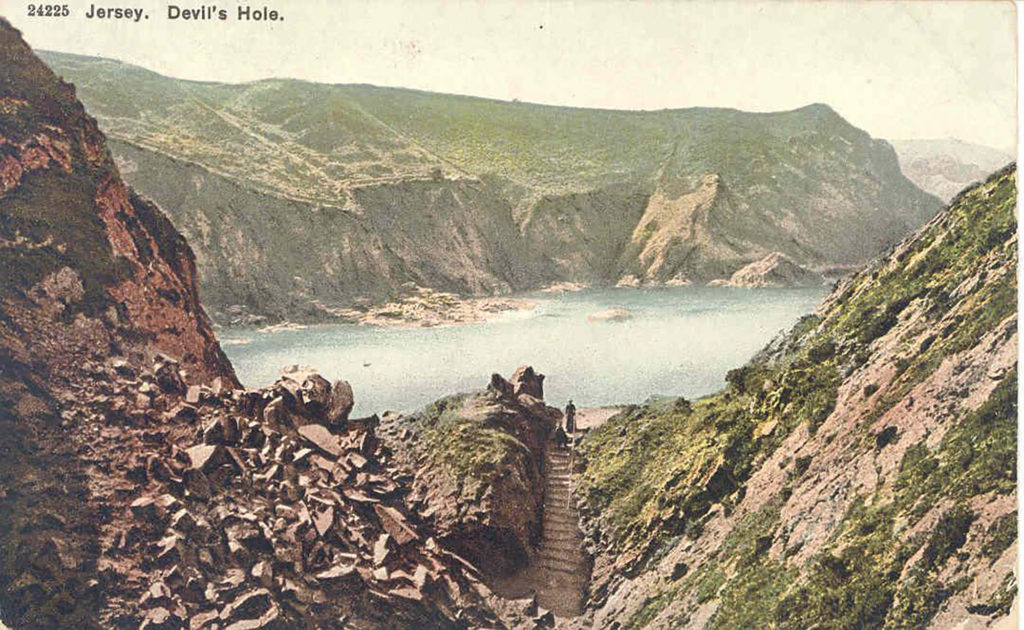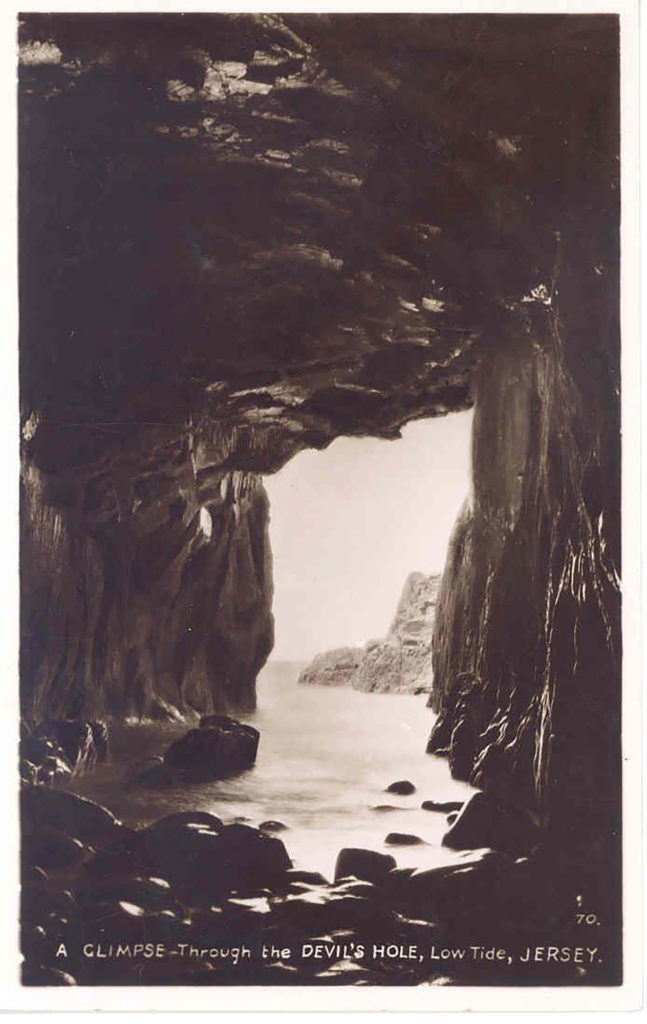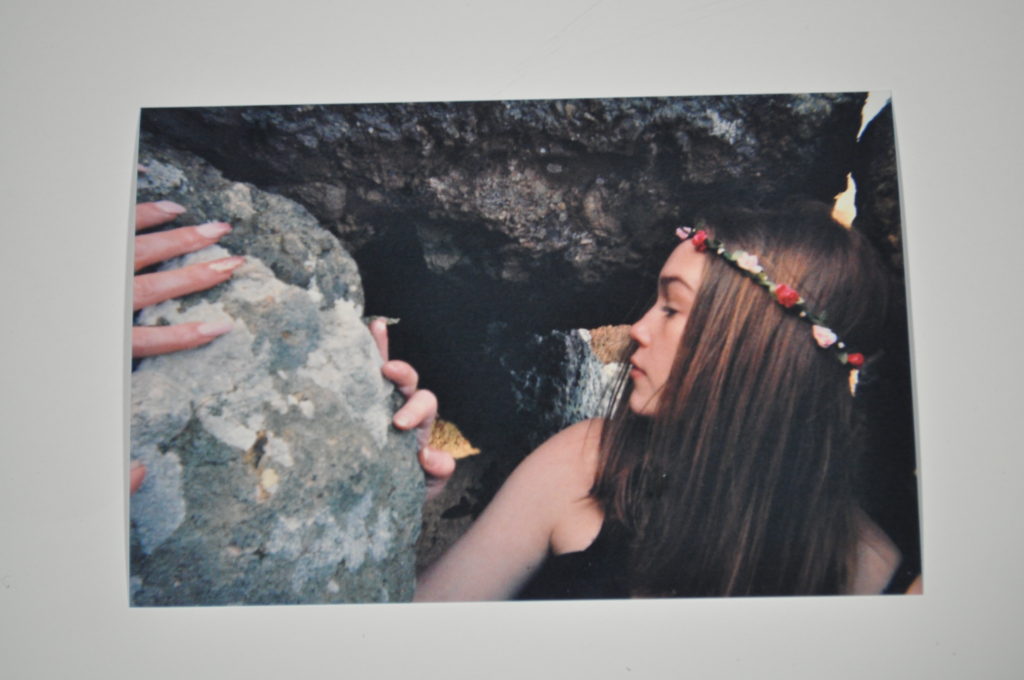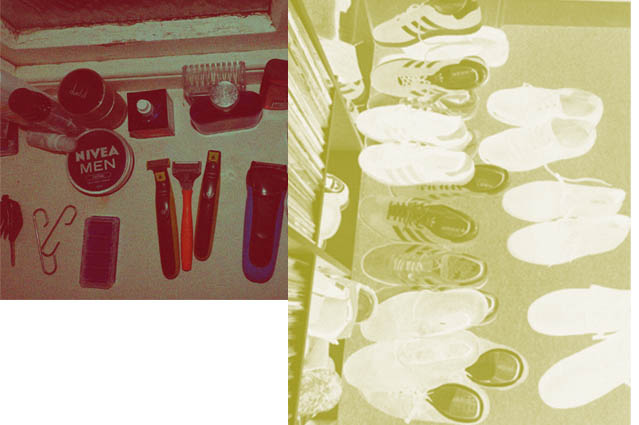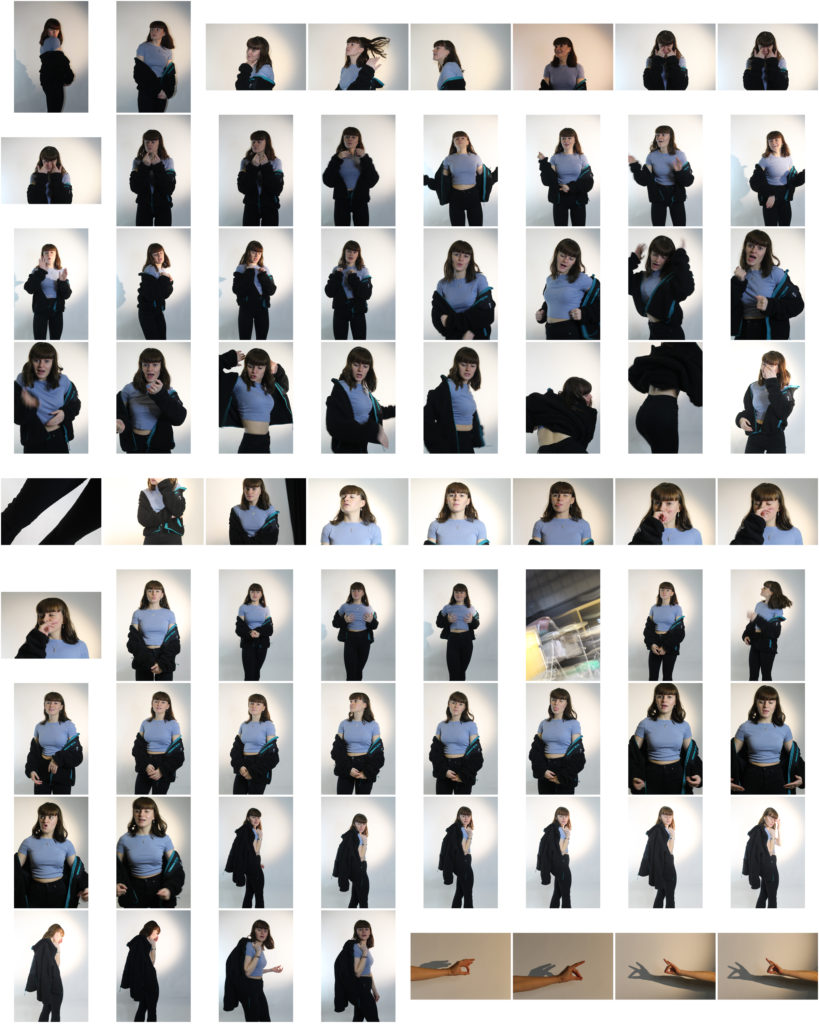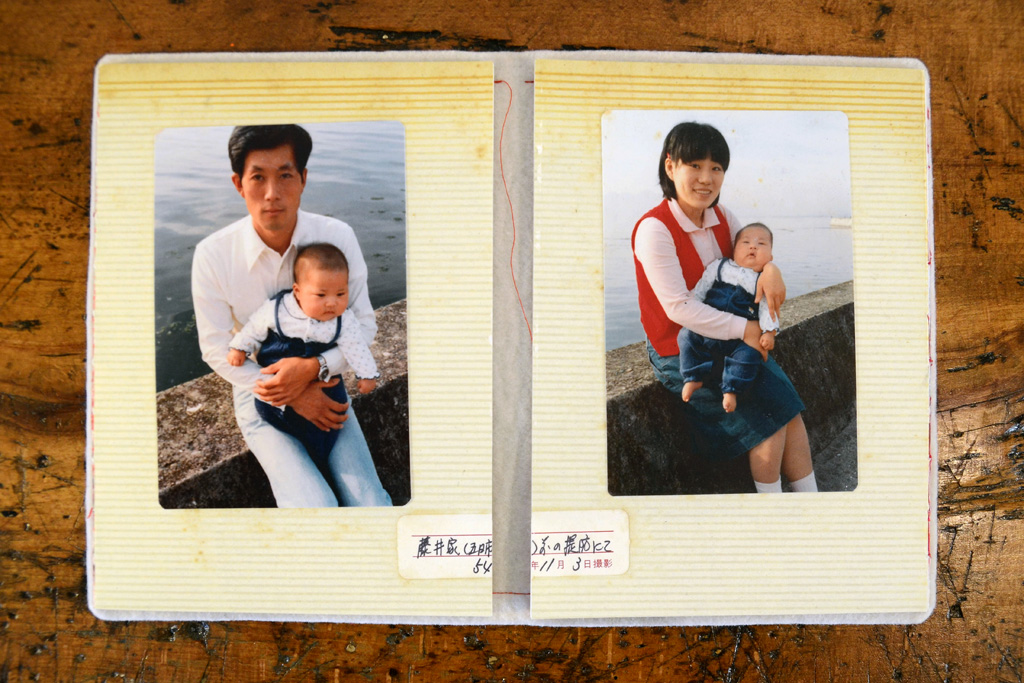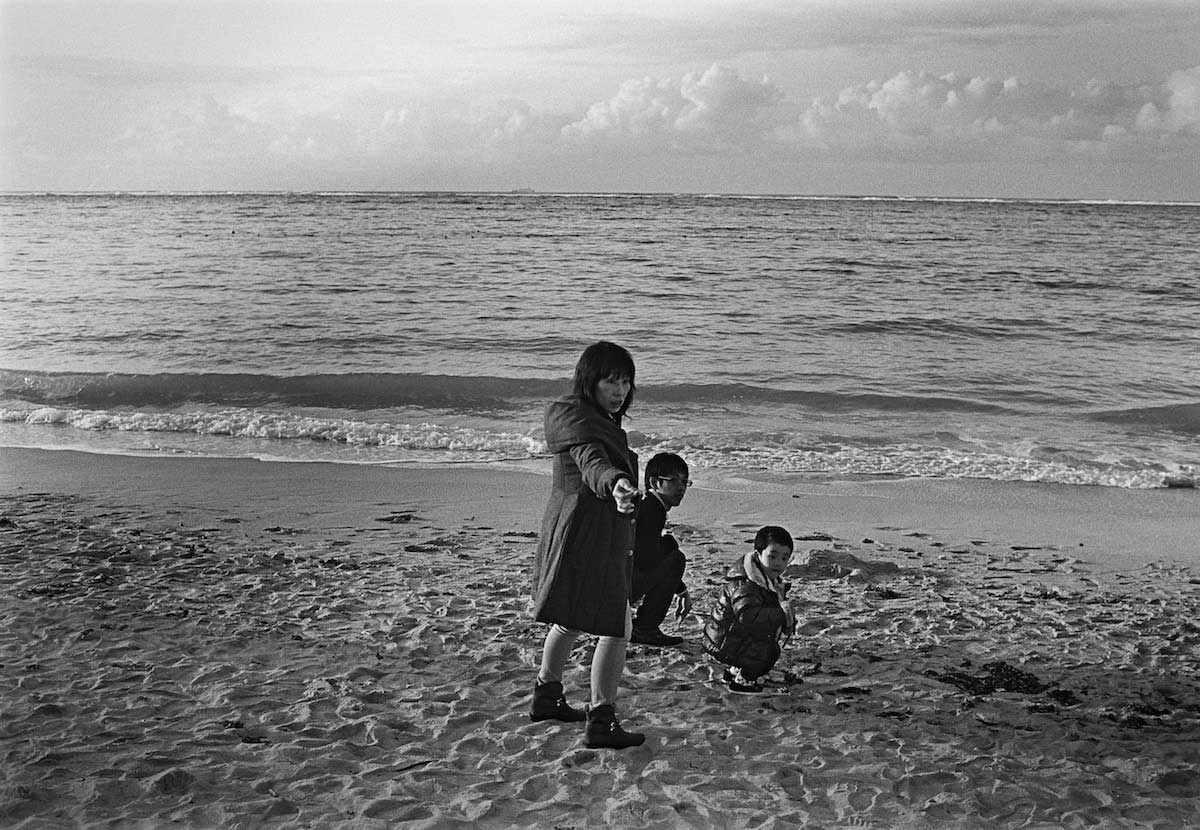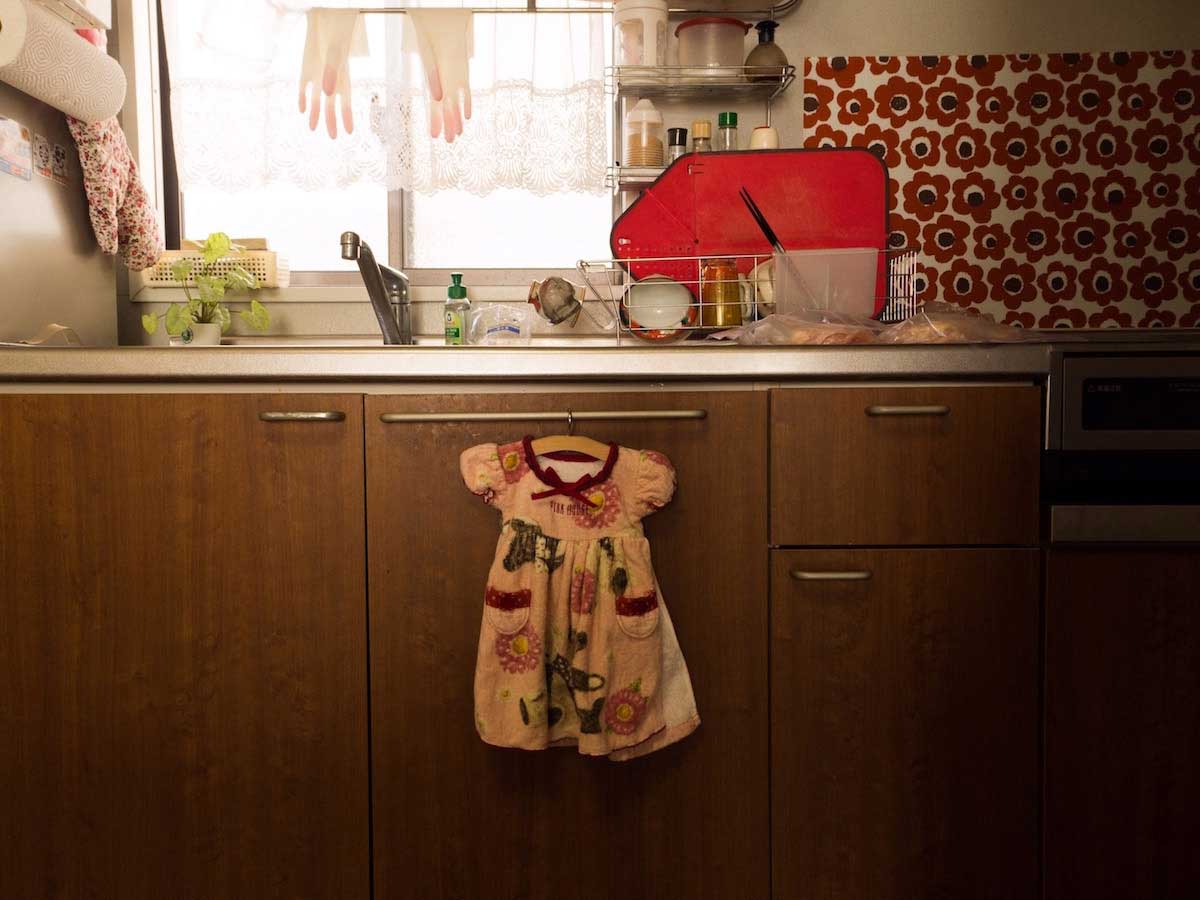Essay Question- Is it possible for photography to capture moments in time, truthfully?
“What are the differenced between reality, witness and point of view?”– Bright and Van Erp 2019:19
Introduction
My personal investigation looks at my own documentation of my dance training and how it has developed by the time periods when I first started in 2010. I have explored the influence of time periods within my own dance life which are still present to my lifestyle to this day. Having large knowledge towards both practical and academic dance, I decided I wanted to base my project on this as I know I will be able to easily retrieve useful information into my project, enhance the imagery I produce as well as establishing a piece of work which I can cherish once grown older. In the essay I aim to discuss the extent to which both archival images and documentary photography actually portrays reality and how these style of images can capture if this image is true. To go along with this I will be referring to Walker Evens photographic series ‘let us now praise famous men’ and Diana Markosian’s photographic series entitled ‘ inventing my father’. Analysing photographers who captured imagery in two different styles allows me to illustrate wether documentation or archival styled images are the most foremost at producing images truthfully. These two photographers attempt to capture reality through imagery, with both also having other underlying subjects. In my project I am considered an insider looking into my early life, allowing subject to emotion to be explored as well as helping to create a more subjective view towards my reality of being a dancer, creating biased photographs.
Historical Context
Realism and Straight Photography was first introduced in the 1840s and looks at producing imagery which displays life how it is. Artists who work within this area mostly focused on looking into cultural and social issues which were revenant within that time, helping to gain recognition to issues and showcase detailed images to exhibit real life. Artist Frederick Henry Evens and his project ‘A sea of a Step’ is known to distinctly present realism through the use of lighting and space. He uses symbolism of creating subjective perspectives while changing the reliability of art movement. Focusing more on documentary photography, artist Walker Evens uses portraiture to show lifestyle within an enviroment which can sometimes be shown as being accurate or inaccurate. This carries me to explore my own topic which is based on my own dance lifestyle and I left that using a small element of documentary photography within my project would be nessesary to capture my intended subject. Carrying on from this, Paul Strand took an interesting approach to photographing objects where he uses the ‘Macro Technique’ which shows clear focus on light and shadowing. This gives an idea as to how Strands work is seen and how his work causes a narrative which can illustrate how the art movement can be truthful.
It is known that there has been an ongoing debate on how documentary photography portrays reality and if it is accurate which has been going on since the 1930s. Manipulation has been previously mentioned for effect from the Victorian era and is known to still be used in the present day which helps to suggest that photographers can’t actually portray reality through an image.
Diana Markosian focuses on a non-traditional method in order to explore family concept as a way of showing personal exploration. Markosian can be seen to focus on emotion in her images where she focuses on the honest approach to her family instead of the. happiness and love which is what is typically seen in this type of photography. Her raw approach highlights how she grew up without her father which she uses as a basis towards her work. This is created through her use of archival images which are manipulated uniquely which I believe makes her work stand out. Due to using archival images in her work, this adds an element of truth to her work, helping to contrast to the stereotypical perfect family which puts a sense of emptiness into her work. Furthermore, this emotion can also be seen through the typical black and white effect which is associated with despair and creates a cold feeling within the audience. Markosian’s most well known project ‘Inventing my Father’, a project based on her mother leaving her father to move to California when Diana was seven years old. Diana had quoted “had no pictures of him, and over time forgot what he looked like”, inspiring her to later travelled back to Armenia to reconnect with the man she hadn’t’t had contact with for so long. For her mothers coping mechanism after moving away was cutting his image out of every photograph in the family album in order to forget about the life she had before California. She looked at these images as a way of coping with never knowing her father and decided to photograph and manipulate them to represent her documentation with finding her father one day. The images she took can be seen to be very raw and both truthful and untruthful at the same time. This allows for the audience to create their own interpretation of what the photos may convey. Carrying on from this, the truthfulness behind her images helps to show that archival imagery is a creative and efficient way of showing the past with black and white editing making it more emotionally detached. This represents that archival images can be a way to show the past truthfully and accurately at that point in time, concluding the investigation if this type of photograph can be seen as showing truth. Diana Markosian’s work clearly relates to my own because of the relation between archival imagery and us having our own idea behind the photographs.

This image shown above is from Markosian’s project ‘ Inventing my Father’ which explores her family history from when she was born to the time period where the project was published. The project is very emotional and focuses mostly on the images she has taken which don’t include a lot of editing, adding a raw approach to her work and showing it for how it originally was, adding an element of truth to her work. We can see in the image above that conceptually it seems as if there has been a disappearance of a family member, due to the size and build it looks like a male suggesting it is her father. The cut out also proposes that the father has either left or the mother has left him as a cut out is very drastic for precious family photographs. Carrying on from this, the cut out shows to the audience how important diana’s mother was to her, being her only adult influence throughout her life. Furthermore, the edit also carries a lot of emotion through it which is obvious to the audience, these emotions include emptiness, loneliness and pain. To contrast, the contextual approach to this particular image is said that this particular image shows Diana’s mothers heavy emotion which can be seen as being in pain as she cut out her husbands image from the family photograph after she left him to move to California after he had been dissapering for weeks on end and then showing up one day. The cut up also shows the loss of a family member and how he isnt ‘family’ anymore because of his unhealthy habits towards his loved ones. Technically, we don’t know whether this image has been taken with a camera because of the high quality phones which are used in this day and age. However, we can see that there has been artificial lighting used in taking the image because of shadowing.
Evans is known as being one of the most influential photographers of the twentieth century through his sharp photographs which have deep meanings behind them. His typical use of documentation showcases his ability to look into different elements of life without being biased. We can also see he has authenticity within his work. Walker Evans most recognizable work is from his project ‘ Let us Now Praise Famous Men’ a series where he explores Alabama farmers during the Great Depression from portrait using a documentation style of photography. Looking into his portraiture, it is clear to see what the families have gone through and how they don’t know any different. He has stated that he enjoys to use editing as a large part of his image as it develops an image even if you are trying to prove a realistic point. Evans imagery has been described as “You can’t sniff the stink of the quilts in the Evans pictures” showing a positive response to his work and emphasis how he is accurate with representing his work in the way he is successful at capturing raw images through simplicity. Evans uses naturalistic lighting to capture his images and does not position the models, but photographs them in their typical element adding a sense of truthfulness and reality. Capturing the subject in their naturalistic environment allows a sense of authority to the images, adding emotion and a sense of sympathy.

